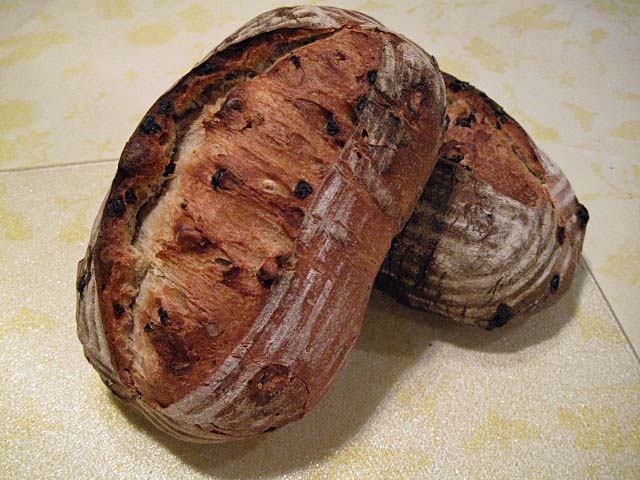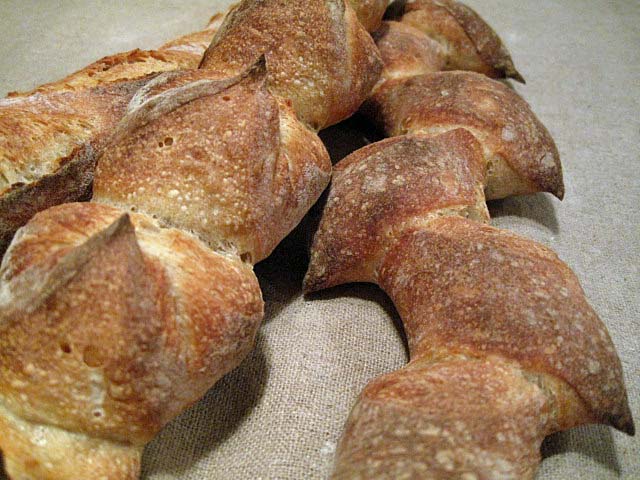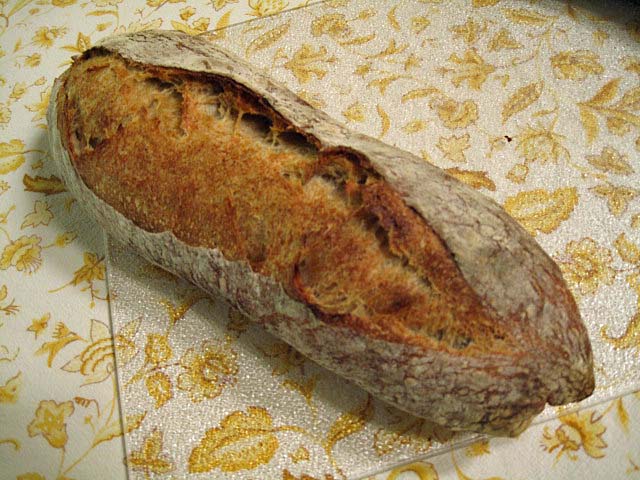Pain au Levain with Hazelnuts and Currants

I've been thinking about baking a sourdough nut bread for some weeks. They are so nice plain and with cheese. With lots of family expected for several days around Thanksgiving, I'll want a variety of breads I can take out of the freezer to serve with meals and for snacks. I like to serve sourdough nut breads with hors d'oeuvres.





